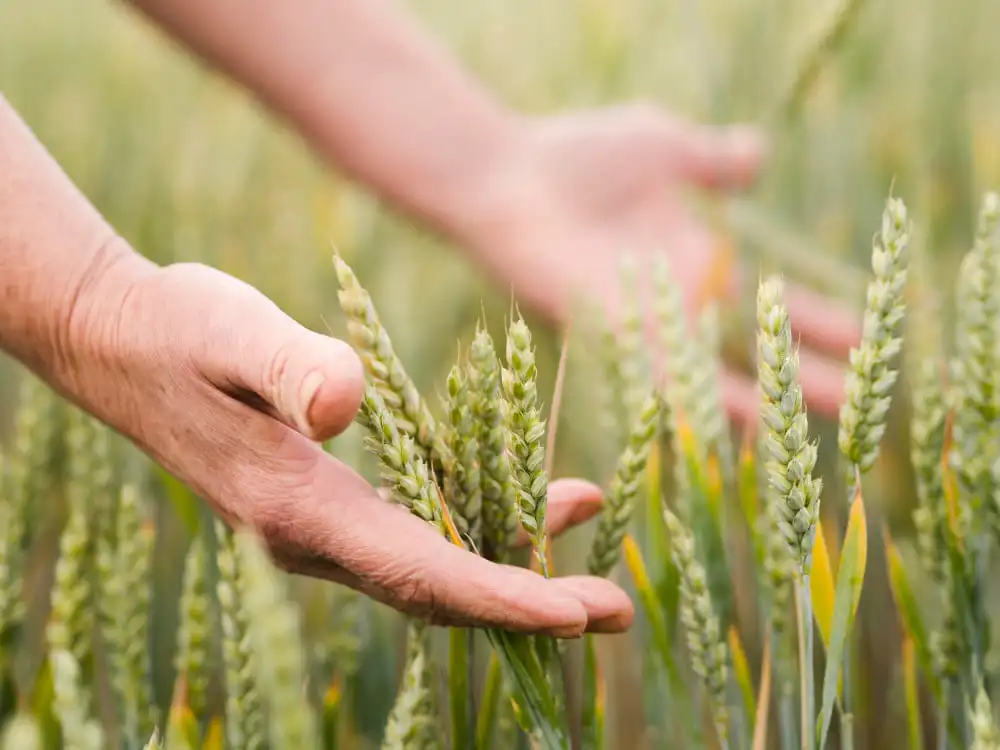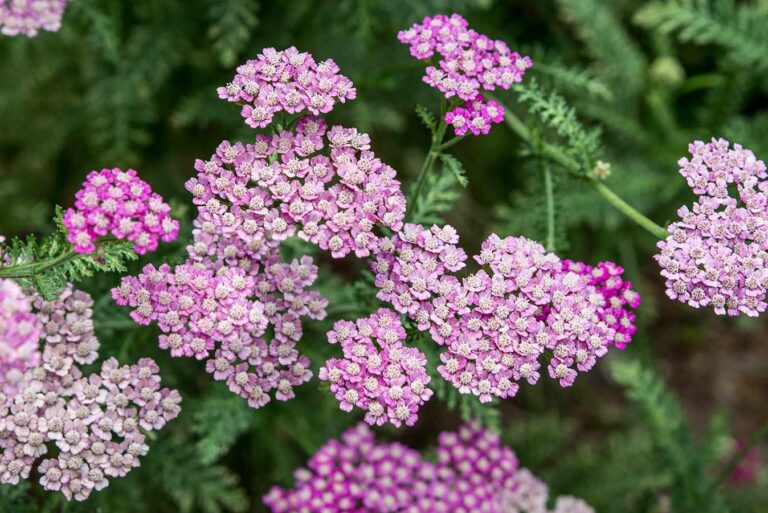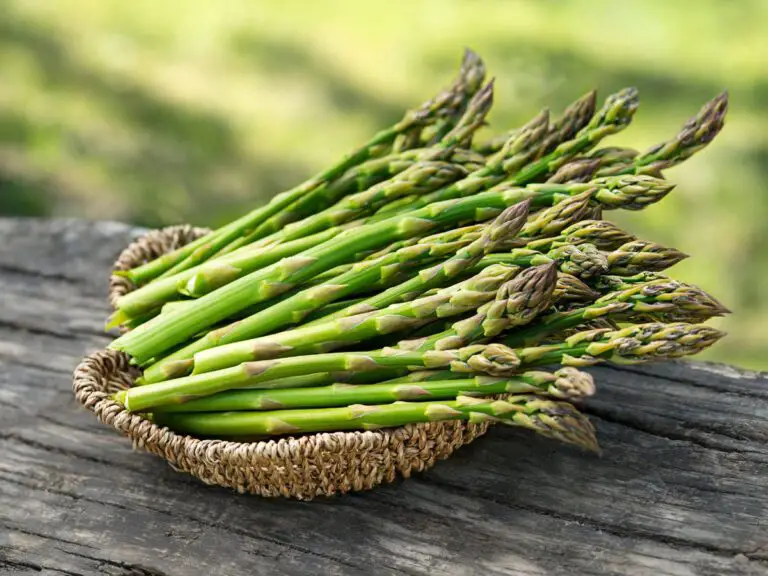Growing Wheat Amidst the Climate Change
Wheat was one of the earliest crops domesticated by humans in the Fertile Crescent about 10,000 years ago. Today, it’s one of the world’s most essential cereal crops that completely transformed our foodways and largely contributed to the development of global agriculture. The long-term shelf life of wheat flour made this cereal a portable food. At the same time, its unique water-compatible gluten proteins turned out perfect for making bread – a staple food for human civilization throughout its history.

The major cultivated species include common wheat, durum, and club wheat; such species as einkorn, emmer, and spelt are currently grown in limited quantities.
Grown in diverse climates and soils, this high-yielding crop allows for double cropping through the year thanks to its two main types – winter wheat and spring wheat. The wheat growth stages of both are comparable, the key difference being that some are shorter in spring wheat (e.g. the tillering). Sown in the fall, winter wheat stays dormant in cold winter months, then blossoms and matures once the warmer weather kicks in to be harvested in mid-May to July, while spring wheat grows continuously from spring planting till autumn harvesting.
Table of Contents
Essential Tips for Successful Wheat Cultivation
Wheat is a hardy crop adaptable to a wide range of climatic conditions and can even be cultivated in home gardens. It is native to temperate regions and grows best under warm temperatures (21-24ºC) and modest rainfall (30 to 90 cm per year). All wheat varieties prefer well-drained, well-aerated loamy soils with a neutral pH (between 5.5 and 7.5).
To secure a stable wheat crop yield, farmers and gardeners are advised to follow a suite of best practices, such as:

Choose the right variety based on climate and grain use.
For example, in the U.S. Wheat Belt, winter varieties are grown in the states with dry hot summers: crops draw moisture accumulated after the fall rainfalls and mature before the scorching heat. In those parts where winters are too severe, spring varieties thrive instead. Arid regions are suitable for heat-tolerant durum wheat cultivars. Regarding culinary use, hard wheat is best for bread-making due to its high gluten content (especially the hard red spring variety), and soft ones make perfect flour for baking pastries and biscuits.
Plant at the right time.
Great timing is a prerequisite for proper plant development, avoidance of insects and diseases, and increased weed competition. Winter wheat is typically planted within 10 days after the Hessian fly-free-safe date. Later planted crops may not have enough time to establish strong roots before winter. Exposure to above-optimal temperatures at the reproductive growth stages of wheat is another “stumbling rock” in the way of late-planted winter wheat.
With spring wheat, the rule is the earlier, the better: earlier seeding dates generally result in higher yields. Such crops will benefit from available soil moisture, develop better resistance to late spring frosts, and have better odds of avoiding heat at the flowering and grain-filling stages of wheat growth.
Provide enough sunlight.
Wheat is a sun-loving plant that tends to grow best at full direct sunlight lasting for at least 6 hours per day. However, sunlight doesn’t mean heat: in most crops, exposure to temperatures above 35ºC will cause heat stress, especially at the wheat flowering stage.
Irrigate properly.
Wheat has moderate water needs, typically requiring 350-600 mm of water per growing season to reach maturity and its potential yield. In most regions, this amount is usually covered by rainfall, however, additional interventions may be needed during sensitive crop growth stages. The period between the end of tillering and the wheat flowering stage is the most critical and water-intensive, when even a minor lack or surplus of water may result in substantial yield loss. Adequate moisture is also critically important during wheat germination stages and grain-filling.
Managing Crop Production by the BBCH Scale’s Wheat Growth Stages

The BBCH scale describes the phenological development stages of wheat, providing a solid basis for informed management decisions. By applying water, fertilizers, and CPAs at the right time based on what is critically important for plant development at this particular growth stage, wheat producers can get the most out of their inputs and crops.
Let’s briefly overview the most vital tips for individual growth stages that help ensure lavish wheat yields.
BBCH 00–09: Germination
- Plant certified seeds treated with crop protection agents to increase pest and disease resistance during wheat germination stages.
- Start nitrogen applications in winter wheat early to promote crop growth (35-45 kg per ha).
- Keep tabs on soil temperatures at the early growth stages of wheat: heat waves can affect the emergence. Applying mulch helps slow down the evaporation rate and cool down soils.
BBCH 10-19: Leaf development
- Inspect fields to make sure the plants are evenly spaced and a population of 160-270 plants per sq. m is achieved.
- Upon detecting any signs of weed growth, spray herbicide.
- Count wheat aphids, if any, and spray when there are over 30 pests per meter.
BBCH 20–29: Tillering
- At this stage, focus on securing a sufficient amount of plant stands to meet yield targets.
- Proceed with N applications during the BBCH 25 stage to encourage tillering and increase stem density.
BBCH 30-39: Stem elongation
- Use growth regulators to minimize crop lodging.
- Apply nitrogen fertilizer in winter wheat only if it was impossible at the previous stages of wheat growth. Extreme caution is required to avoid mechanical plant damage.
- Regular weed and pest checkups are a must.
BBCH 40-49: Booting
BBCH 50-59: Inflorescence emergence, heading
- Apply fungicides to prevent foliar diseases. Out of the two wheat growth stages, the booting period is particularly important: keeping the flag leaf safe from pests and diseases is essential for optimal grain development.
- N fertilization during the booting may, on one hand, boost grain protein content, and, on the other hand, affect grain quantity growth and promote foliar diseases. At the heading stage, nitrogen is likely to increase the quantity and size of seeds produced.
BBCH 60-69: Flowering, anthesis
- Apply fungicides at the onset of the wheat flowering stage to achieve maximum efficiency against Fusarium head blight and vomitoxin.
BBCH 70-79: Development of fruit
- Continuously monitor plant health and apply crop protection agents as a shield against grain pests and diseases.
BBCH 80-89: Ripening
- Monitor crops for any signs of water/heat stress and adjust irrigation on the spot to prevent yield losses.
- Keeping the heads and blades on the plant’s top healthy and green at the grain-filling wheat growth stage is critical for harvest success.
BBCH 90-99: Senescence
- Take preventive steps against heat stress and soil salinization at this final stage as they may reduce crop output.
- Practice stubble mulching to conserve soil moisture and boost residue decomposition.
How Climate Change Affects the Staple of Our Food
Wheat boasts great climate adaptability, but spiking CO2 concentrations acting as a “blanket” that warms the planet and resulting climate change are already affecting the production of this staple cereal. The world’s largest wheat producer, China, recently experienced a major yield loss due to extreme rainfalls. Wheat fields in the USA and Argentina where most of the Americas’ wheat is grown, on the contrary, were hit by relentless droughts.
Climate change-induced heat spells and irregular rainfall can do more harm than good for temperate-climate-loving wheat. Various studies suggest that high temperatures in spring can hinder its growth and cause the breakdown of key enzymes. Extreme temperatures at the most sensitive stages of wheat growth (anthesis, flowering, milking) significantly affect wheat yield and grain quality. So does water shortage during grain-filling and milking stages: wheat yields are estimated to drop by 5-7% with the rise in each degree of air temperature.
Additionally, exposure to high temperatures makes wheat more vulnerable to diseases. The populations of pest insects spreading viruses also increase in dry hot conditions, while beneficial insects killing them struggle to survive in such environments.
To maintain high levels of wheat production globally, a mix of adaptation and prevention measures is required with an emphasis on research, tech innovations, and policy-making. By cultivating new drought- and pest-resistant wheat varieties through genetic engineering, continuously monitoring crop health using satellite remote sensing, and switching to sustainable practices for efficient resource use and increased productivity, we stand a good chance to build a resilient food system with wheat remaining at the heart of our diets.
FAQs
How does climate change affect wheat production?
Climate change can lead to extreme weather conditions such as droughts, floods, and heatwaves, which can reduce wheat yields. Higher CO2 levels can also alter the nutritional content of wheat, potentially leading to increased mycotoxin contamination
What are the challenges of growing wheat in a changing climate?
The main challenges include managing the increased risk of diseases like Fusarium head blight, which thrives in warm, wet conditions, and adapting to the metabolic changes in wheat plants caused by higher atmospheric CO2 levels
Can wheat be bred to be more resilient to climate change?
Yes, scientists are working on breeding wheat that can withstand environmental stressors like higher temperatures and drought. This involves evaluating the responses of different wheat varieties to high CO2 levels and incorporating traits from wheat germplasm or wild relatives to improve climate resiliency
What is the environmental impact of wheat production?
Wheat production, especially on a large scale, often relies on synthetic fertilizers, which contribute to climate change and can cause ecological issues like algae blooms and oceanic dead zones due to nutrient runoff
Are there sustainable practices for wheat cultivation that can mitigate climate change effects?
Sustainable techniques like circular agriculture, which recycles waste and cuts pollution, are being suggested. Additionally, crop management strategies are being developed to offset wheat’s metabolic responses to high CO2 levels and reduce the likelihood of mycotoxin contamination.

Suyash Dhoot, editor at SouthElMonteHydroponics.com, is a pioneering force in hydroponics. His expertise spans nutrient solutions and cutting-edge technology. Through meticulous editing, he elevates the site to a beacon of knowledge, offering invaluable insights. Dhoot’s dedication shapes a greener, more efficient future for agriculture.






